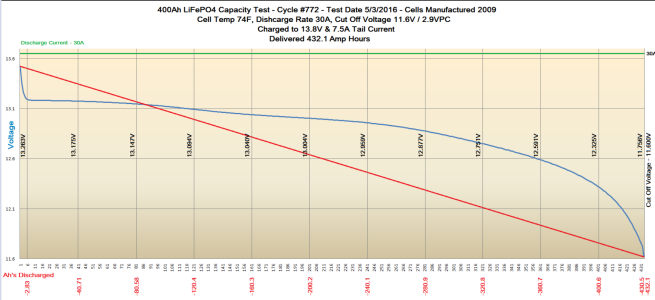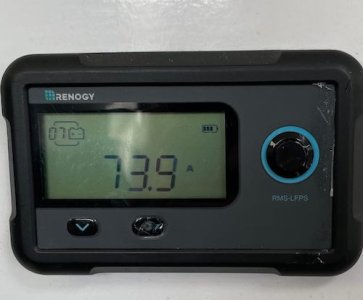[70521]
Well-Known Member
Thanks @Sea Change do you have any links for Rod Collins?Rod Collins is the guru for lithium, he's been running a battery for about 14yrs with almost no noticeable degradation.
In a past life I did a lot of geeky testing on safety/mission critical systems and from a purely academic view would like to see what methodology he uses.
Would anybody like some sodium with their batteries?


